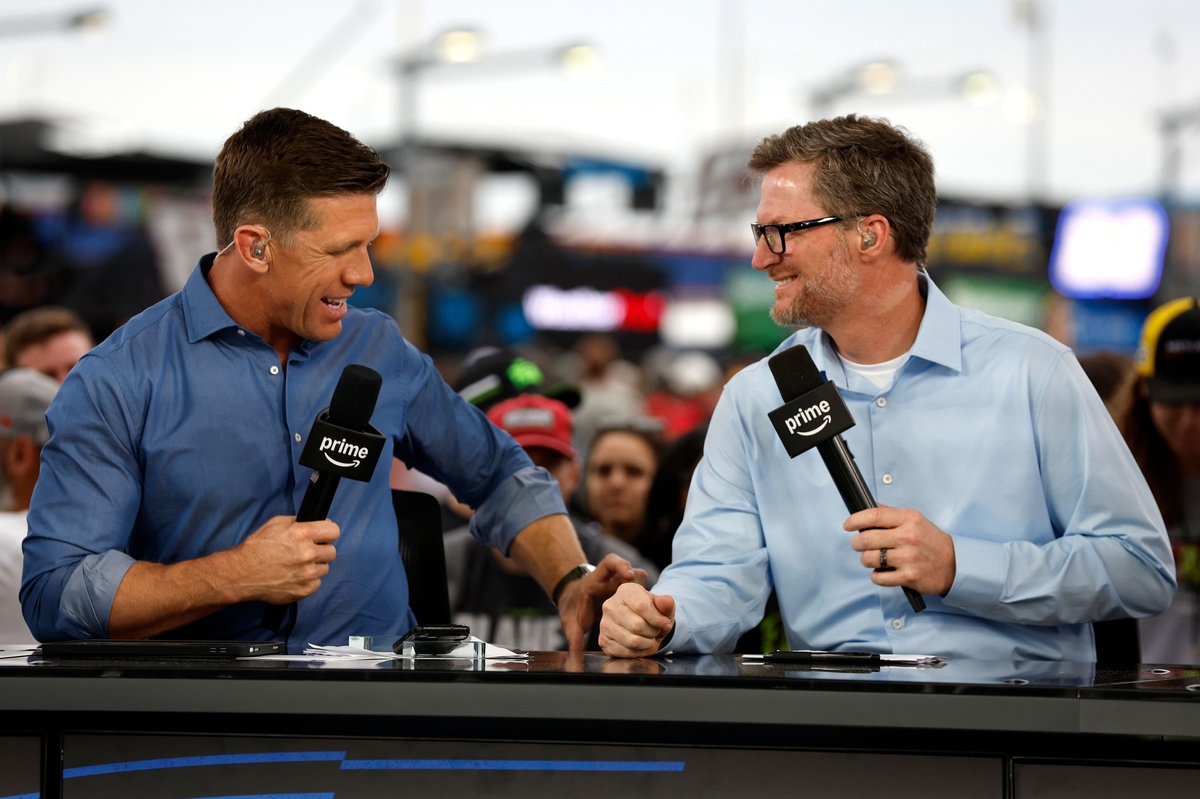For the first time ever, the NASCAR Cup Series races were streamed exclusively online, marking a significant milestone. The Coca-Cola 600 attracted over 2.92 million viewers, with more than 1 million tuning in for the post-race extension. Notably, the average viewer age dropped by seven years—an important win for NASCAR as it seeks to engage younger fans. The 18-49 demographic drew about 800,000 viewers, surpassing cable race viewership numbers from the past three years. Although total viewers were lower compared to Fox’s broadcasts, it’s expected and still outperformed six of the eight Cup races aired on Fox Sports 1 this year.
Prime Video’s presentation of the event was a key factor in its success. The broadcast was lively, informative, and respectful of the sport’s significance, reminiscent of Fox’s treatment of the Indy 500 but often missing in their NASCAR coverage. Minimal commercial interruptions complemented constant live action, even though William Byron led 283 of 400 laps, as Prime kept viewers engaged by covering action around the track. Impressively, the final stage aired nearly uninterrupted with commercials only appearing between the last two runs, spanning about 64 laps.
Adding personalities like Carl Edwards and Corey LaJoy enriched the broadcast, with the booth team—including Adam Alexander, Dale Earnhardt Jr., and Steve Letarte—striking a balanced tone that educated without condescension. They skipped obvious explanations and instead delivered insightful analysis, like the reasons behind Denny Hamlin’s fuel issues during a key 30-second segment.
The post-race show stood out as a breath of fresh air. Unlike cable’s limited post-race coverage, Prime offered an extensive 1 hour and 18 minutes of analysis, including interviews with race winner Ross Chastain, runner-up William Byron, and team owner Justin Marks, who spoke about Trackhouse Racing’s significant victory. Crew chief Phil Sugen’s Victory Lane interview highlighted Chastain’s impressive comeback victory in a backup car after battling throughout the longest NASCAR race.
Dale Earnhardt Jr. praised the streaming platform’s flexibility, noting how post-race segments feel fluid and can be adjusted to fit the content naturally rather than being confined to strict schedules typical in cable broadcasts.
Prime Video has secured rights to five races this year and offers fans a 30-day free trial to watch all races, helping lower the barrier for streaming. Coupled with engaging documentaries like the new “Earnhardt” series and interactive commercial activations, Prime is shaping a new experience for NASCAR fans.
This shift isn’t just a critique of Fox’s coverage but shows the potential for new broadcasters to bring fresh energy and creativity to motorsport broadcasts, much like how IndyCar’s move to Fox revitalized that series’ coverage. Kudos to Prime for an outstanding debut that could pave the way for the future of NASCAR broadcasting.
—
Fan Take: This historic move to exclusive streaming coverage offers NASCAR a fresh avenue to attract younger audiences and redefine how fans engage with the sport. If executed well, it could revolutionize NASCAR viewing experiences and help the series thrive in a rapidly evolving media landscape.



